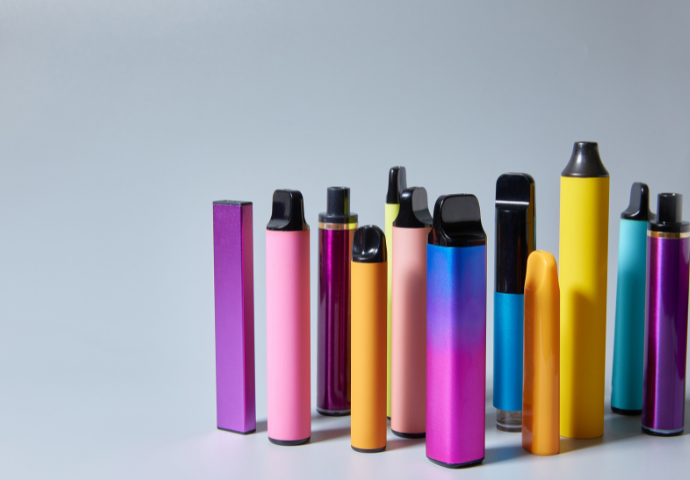A new study has identified a protein that nicotine-free vape fluid increases in the lung, causing damage including oxidative stress, inflammation and breakdown of the blood vessels.
The research, published in the journal Microvascular Research demonstrates a range of damaging pathways when an in vitro model of the human lung was exposed to a common brand of nicotine-free e-cigarette.
E-cigarettes have become increasingly popular in recent years and are often seen as harmless alternatives to cigarette smoking. It is estimated that there are almost five million ‘vapers’ in the UK, compared to around 700,000 in 2012.
Recent studies have focused on harm done by vapes containing nicotine, and 39 countries have banned the sale of nicotine-containing e-cigarettes, resulting in an increase in the use of nicotine-free vapes, particularly in adolescents.
The new study, carried out by Anglia Ruskin University’s Biomedical Science Research group, measured the effect of vape fluid on cells in a model of a human lung. Three vapes, all watermelon flavour, were purchased from an online retailer and contained different concentrations of nicotine: 0mg, 10mg and 20mg in a 2ml solution to mimic concentrations commonly used by the public.
The research found that even the nicotine-free vape caused oxidative stress in the lung, increased inflammation and the breakdown of blood vessels. This damage is similar to those found in patients with lung injury.
Analysis of the data revealed that a protein, ARF6, which was not previously thought to be linked to smoking or lung injury but is associated with vascular function, has a key role in regulating pulmonary microvasculature.
Lead author Dr Havovi Chichger, Associate Professor of Biomedical Science at Anglia Ruskin University (ARU), said: “Vaping is a significant health concern considering the raising numbers of smokers, especially young teenagers, and research into its health impact is still at an early stage.
“Nicotine-free vape fluid has been demonstrated to have the same chemical composition as nicotine-containing fluid except for the absence of nicotine. As the market is not currently well-regulated, it has been difficult to judge which chemical could be the most damaging to vascular function.
“Our findings indicate that nicotine-free vape fluid exposure causes similar pro-oxidant and pro-inflammatory effects on human microvascular endothelial cells, and that ARF6 is a key regulator in vape-induced damage to blood vessels.
“Further investigation is vital to identify the link between the vaping of nicotine-free e-cigarettes and the potential development of lung injury in future years.”
Image: Изображения пользователя Tatiana Kutina, Canva



